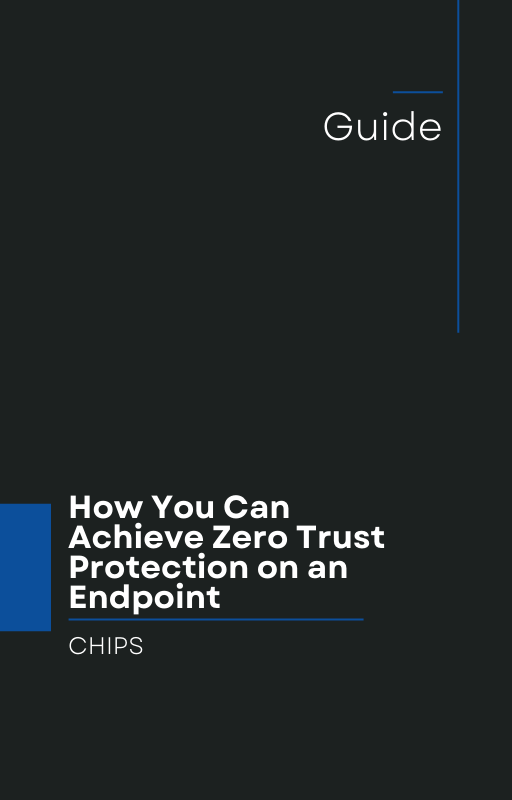In yet another stark reminder of how fragile traditional cybersecurity methods have become, a new malware dubbed PupkinStealer has emerged, targeting Windows systems to exfiltrate login credentials and desktop files.
According to CyberSecurityNews, this malware is crafted in .NET and specifically designed to extract sensitive data—including credentials stored in browsers and files from the user’s desktop—then transmit it back to a command-and-control (C2) server.
This attack isn’t just another “threat-of-the-week.” It exemplifies how threat actors are fine-tuning commodity malware to bypass endpoint detection tools by appearing innocuous during initial execution, only to turn malicious once inside the network. The speed at which data is stolen and the stealth used to avoid detection again exposes the flaws in a “Detect and Respond” security model.
What Makes PupkinStealer Dangerous?
PupkinStealer starts by deploying PowerShell scripts to gather environment details—like username, OS version, and CPU/GPU information—likely to help attackers decide if the system is worth further exploitation. Once it identifies a viable target, it proceeds to extract:
-
Credentials from browsers
-
Files stored on the desktop
-
System information for profiling
-
Encrypted logs and stolen data, all exfiltrated through an encrypted connection
The malware then cleans up after itself, reducing the likelihood of detection by traditional antivirus and endpoint detection and response (EDR) systems.
In many environments, this entire process can occur without triggering any alarms—until the damage is already done.
Why “Detect and Respond” Isn’t Enough Anymore
EDR tools operate on the assumption that threats can be detected quickly enough to respond before damage occurs. But malware like PupkinStealer is explicitly designed to operate within the short window between intrusion and detection. Once it's inside your system and exfiltrating data, you're already behind the curve.
The reliance on signatures, behavior analytics, and after-the-fact containment is proving inadequate in today’s environment where malware is dynamic, polymorphic, and increasingly AI-assisted. The longer companies continue to lean on “detect and respond,” the more they risk finding themselves in breach headlines.
Isolation and Containment: A Smarter Path Forward
There is a better way to secure endpoints—and it doesn’t rely on playing catch-up with attackers. AppGuard takes a radically different and proven approach: isolation and containment.
Rather than detecting malware, AppGuard prevents it from executing harmful actions in the first place—even if it’s never been seen before. By enforcing strict containment policies at the process level, AppGuard can stop applications (like browsers and email clients) from launching untrusted processes, writing to protected directories, or accessing sensitive data without ever needing a malware signature.
This strategy is not new. AppGuard has over a decade of success protecting U.S. defense agencies and is now available to commercial businesses. It operates silently, with a low system footprint, and without relying on cloud connectivity or constant updates.
The Bottom Line for Business Owners
PupkinStealer is just the latest in a long line of malware designed to exploit your weakest link: your endpoints. Waiting to “detect” a problem after it starts is no longer acceptable.
It’s time to shift from Detect and Respond to Isolation and Containment.
At CHIPS, we help businesses implement AppGuard, a battle-tested endpoint protection solution that stops malware—even advanced, fileless, and zero-day threats—before they can cause harm.
Don’t wait for your business to become the next victim.
Talk with us at CHIPS today about how AppGuard can prevent incidents like PupkinStealer from ever getting off the ground.
Contact CHIPS to learn more about AppGuard and modernize your endpoint defense today.
Like this article? Please share it with others!

July 17, 2025

Comments